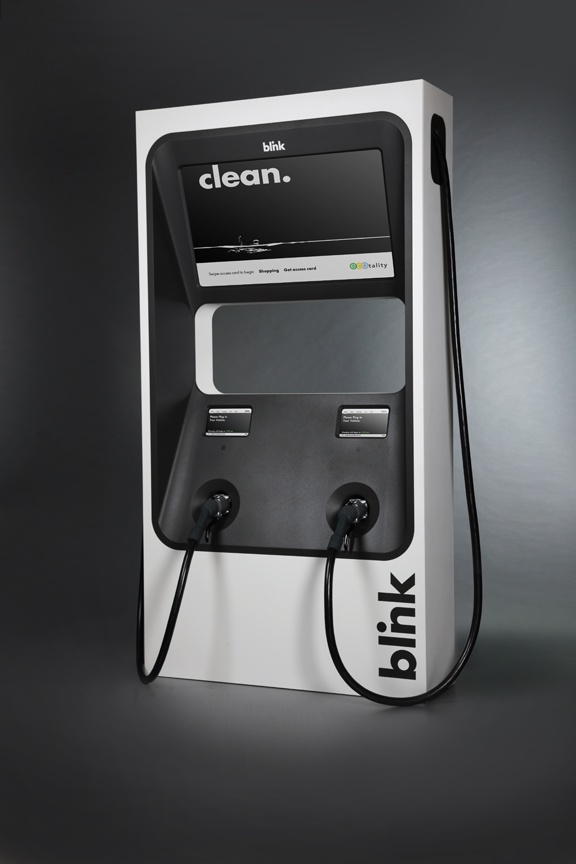Polycarbonate and ABS are two of the most widely used engineering thermoplastics for injection molding diverse products. This in-depth guide will provide a complete overview of polycarbonate and ABS injection molding including processing, properties, design factors, and applications. Polycarbonate is a popular plastic for injection molding due to its durability, as you can learn about at this polycarbonate molding site. ABS plastic is also commonly used in injection molding, and you can find information on ABS molding on this ABS injection molding page.
Overview of Polycarbonate Injection Molding
Polycarbonate (PC) is an amorphous, transparent thermoplastic known for its exceptional impact resistance and toughness. Here are some key properties and processing parameters for polycarbonate injection molding:
Properties
- High impact and shatter resistance
- Heat resistance up to 130°C
- Transparency and light transmission
- Dimensional stability
** Molding Temperatures**
- Nozzle: 280-320°C
- Front: 130-170°C
- Rear: 150-190°C
Shrinkage
- 0.5 - 0.7%
Melt Flow Index
- 5 - 25 g/10 min
Clamp Pressure
- 70 - 120 tons
Polycarbonate is molded into diverse products leveraging its clarity, impact resistance, temperature resistance and aesthetic potential. Common applications include:
- Lenses, transparent parts
- Car headlights, bumpers, instrument panels
- Electronic housings, connectors
- Medical devices and labware
- Food/drink containers
- Riot shields, bulletproof glass
Advantages of polycarbonate injection molding include:
- Withstands extreme impacts without cracking
- Heat, scratch and chemical resistant
- Excellent optical clarity
- Good electrical insulation
- Can be sterilized
Limitations include:
- High molding temperatures needed
- Prone to stress cracking
- Not UV resistant without additives
- Brittle at low temperatures
ABS Injection Molding Overview
ABS or acrylonitrile butadiene styrene is an opaque thermoplastic with high impact strength and rigidity. Here are some typical ABS injection molding parameters and properties:
Properties
- High tensile and impact strength
- Rigidity and dimensional stability
- Resistance to chemicals and scratching
- Low moisture absorption
Molding Temperatures
- Nozzle: 220-270°C
- Front: 70-110°C
- Rear: 80-115°C
Shrinkage
- 0.4 - 0.8%
Melt Flow Index
- 2 - 35 g/10 min
Clamp Pressure
- 50 - 120 tons
Some common applications of ABS molded parts include:
- Automotive interiors and exteriors
- Appliance and electronics housings
- Toys and sporting goods
- Piping and fittings
- Musical instruments
- Medical devices
Key advantages of ABS injection molding:
- Excellent strength, rigidity and durability
- Low moisture absorption
- Good chemical and impact resistance
- Variety of colors and finishes possible
- Low cost material
Limitations include:
- Limited heat resistance – softens over 80°C
- Mold flow can be complex
- Prone to shrinkage and warpage
- Not UV resistant
Key Considerations for Part Design
Here are some important design considerations for polycarbonate and ABS molded parts:
Wall Thickness
- PC and ABS should have uniform wall thickness throughout the part. Changes in thickness lead to uneven cooling and warpage.
Ribs and Gussets
- Adding ribs and gussets provides structural rigidity and prevents warping for PC and ABS parts.
Draft Angles
- Incorporate draft angles of 1-2° on vertical surfaces to allow demolding of ABS and PC parts.
Radii and Fillets
- Generous radii and fillets at corners reduce stress concentrations in the plastic part.
Textures and Stamping
- Molded-in textures, patterns and stamping helps hide weld/flow lines on PC and ABS parts.
Living Hinges
- PC and ABS can have integrated living hinges if designed with very thin cross-sections (0.5 - 1 mm).
Avoid Sinks
- Sinks result from uneven cooling at thick sections. Use ribs or cores to ensure even material flow.
Ejection Pins
- Place ejection pins away from cosmetic surfaces on ABS and PC parts.
Conclusion
Key Takeaways
- Polycarbonate offers extreme impact resistance, heat resistance and optical clarity but requires high molding temperatures.
- ABS provides excellent strength and rigidity and allows coloring but has limited heat resistance.
- Maintaining uniform wall thickness, adding ribs/gussets and corner radii help minimize warpage when molding PC and ABS components.
- Both PC and ABS can be used to injection mold diverse products from automotive parts to consumer electronics housing leveraging their respective material strengths.
In summary, polycarbonate and ABS injection molding are manufacturing processes with unique advantages suited for different applications. This guide covers the key processing parameters, properties, design considerations and applications for these widely used thermoplastics.


No comments yet